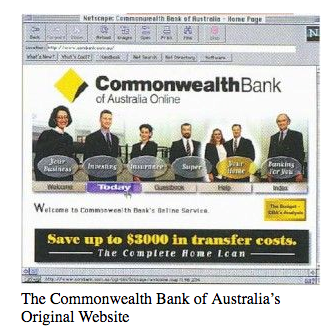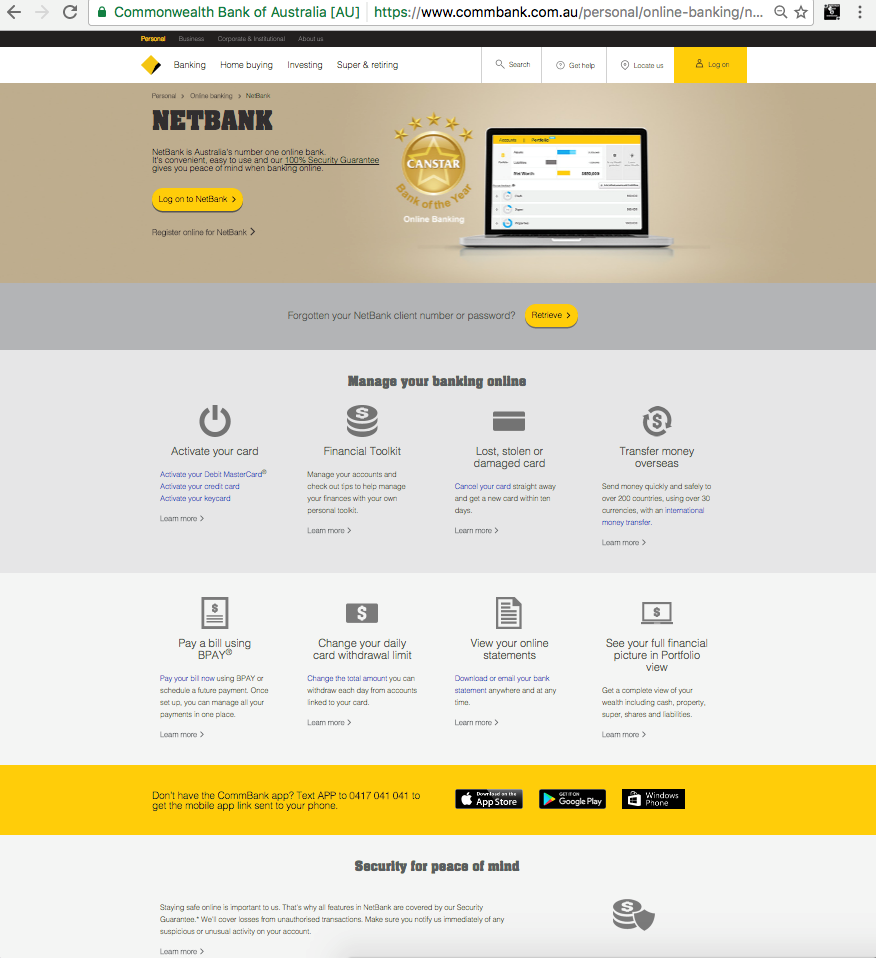Online shopping is constantly evolving and growing after several decades of operation
E-commerce is constantly evolving and growing after several decades of operation. Today we don’t think of it as a big deal, but what was it like when it first came about? It may seem like online shopping has only been around for the last ten or so years, but were you aware that it actually came about in the late 1970s.
Originally e-commerce, which includes online shopping commonly known was set up for communication between customers and businesses. It evolved considerably since then.
If you’re Generation Y or older, you’ll probably remember the impact Napster had on the music world in the late 90s. Napster was a company which owned a music file-sharing website, where people could transfer music saving them the need to go to a physical store and buy a CD, or in that time, a cassette as well. Napster revolutionised the way people interacted with their music and paved the way for other businesses to enter the e-commerce market. Napster had broken down the barrier between the idea of online shopping and people actually being willing to do so and seeing the benefit in doing so. The immediate benefit in Napster’s case was that people could buy individual songs instead of full albums, which enabled them the opportunity to only buy the music they wanted, without buying what are commonly known as album fillers.
Over time, people’s willingness to conduct business online changed, and in the 1990s, online banking was introduced into Australia. It looked very different to what it does today. People would take a floppy disk and install software on their computer which gave them the option of checking their balances and making transactions. Unlike today, where internet banking is free, there was a considerable cost involved.
Below Commonwealth Bank’s first website, courtesy of research company, Canstar.
 Source: http://www.canstar.com.au/online-banking/history-of-internet-banking/
Source: http://www.canstar.com.au/online-banking/history-of-internet-banking/
Today their website looks dramatically different.
Source: www.commbank.com.au
The site has significantly advanced features and more than half of people have used internet banking in the last year. People’s willingness to embrace e-commerce goes further than that. They’re also willing to conduct their internet banking on their mobile phones when they’re on the go.
Of course, e-commerce isn’t just about banking. It’s also about online shopping. According to the Australian Bureau of Statistics 56% of Australian internet users had used the internet to make a purchase. This was in 2009. That number today would be much greater.
That provides a huge opportunity for businesses to capitalise on a completely new market that they previously didn’t have access to. Online shopping allows people to make purchases at a time that is convenient for them. They are not limited by traditional opening hours. If they’re unable to leave their home or live in a rural area, they’re not limited by geography either. They can purchase from stores in other locations, which gives them more choice. Online shopping has enabled people access to international retailers. The impact of that has been dramatic. Retailers such as Sephora, Zara and H & M have entered cities in Australasia as a direct result of that online shopping behaviour. Those retailers can then save on freight charges, and consumers benefit from having their favourite stores in their own backyard.
Of course, on the flipside, while it’s great for international retailers who want to expand, it’s not so good for local retailers who don’t have the capacity to expand. They face increased competition and that has hurt their bottom line, and in some cases led to store closures. A recent example of a retailer which floundered was Dick Smith Electronics. They had been in the market since 1968, and after 48 years of operations closed their doors earlier this year because they couldn’t compete with online prices and competition. Changing technologies had rendered many of their products redundant and they’d failed to establish themselves in a new niche.
To a lesser degree, department stores like Myer, David Jones and banks have also closed stores and branches because more and more business is being conducted online. Although this is generally a good thing for consumers, the downfall is that people are losing the human element of shopping and they are not seeing items prior to purchase.
Another impact of the emergence of e-commerce is that everyone thinks they can set up a store and be successful. They’re under this illusion that they’ll have access to a huge market. The reality is somewhat different though. There is only so much money in the economy, so with more and more players in the market competing for the dollar, it is harder to get a share of the pie.
Of course, online shopping and e-commerce opens a raft of possibilities for consumers and innovative businesses, and they can take the opportunity, but they need to be aware that they need to market their products and services more wisely and that competition is much greater than it was when there were only bricks and mortar stores to compete with.


83 Responses to "Online shopping is constantly evolving and growing after several decades of operation"